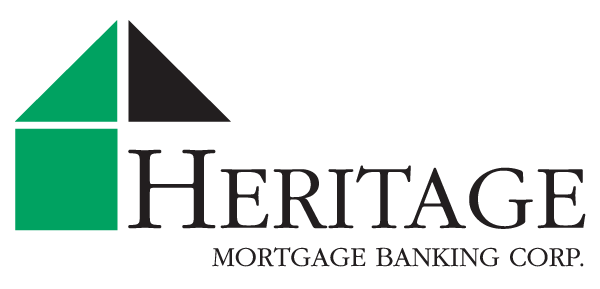Are Stated Income Mortgages Still “A Thing”?
When the Dodd-Frank Act of 2010 became the law of the land, stated income mortgages became a thing of the past. The law requires that lenders must adequately and fully document the borrower’s ability to repay the loans for which they are applying for. For borrowers, this means that they must present the lender with documents proving that they have income or the assets to repay a loan. While Stated Income Lending is no longer available, the use of Alternative Documentation Lending and Alternative Mortgage Programs are on the rise.
Bank Statement Lending is one such alternative qualification lending program featured by Heritage Mortgage. Loan programs designed for self-employed borrowers rely on the use of their bank statements, instead of tax documents to analyze a borrower’s income. In this manner, lenders examine and utilize a minimum of 24 month bank statement history to determine the self-employed borrower’s net income. This net-income qualification is used to reflect a borrower’s income after paying work related expenses and taxes.
Using that determined net-income number, the maximum loan size is then determined based on a ratio of debt to income that could go towards the amount of loan. While traditional lending typically requires a debt-to-income ratio of 36% – 45%, bank statement loans may use ratios as high as 55% in some instances, and determined by a number of other aspects of the borrower’s profile. Similarly, while traditional lending will allow down payments as low as 3%, bank statement loan require larger down payments from borrowers, including a 1% to 2% higher interest rate over traditional mortgages.
Wondering if you qualify? Common sense lending is back. Let one of Heritage Mortgage loan specialists assist you in determining if a Bank Statement Loan [...]


